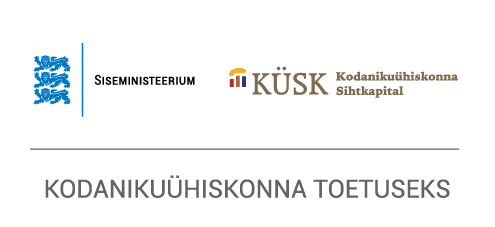The analysis was ordered by Estonian Council of Environmental NGOs (EKO). The latter introduced a set of proposals for organizing marine spatial planning based on the analysis to the Government of Estonia on 25 January.
In it analysis, EELC firstly concluded that at the moment legal regulation does not foresee options for marine spatial planning. Potential conflicts of interests in marine areas can only be solved on a case-by-case basis (by means of issuing permits and environmental impact assessments). This in turn does not enable a systematic approach on the development of marine areas.
Marine spatial planning is considered to be the best way to solve conflicts of different interests on both international and EU level. This solution would also be suitable for Estonia, at the same time the Government of Estonia has not shown interest in creating such a regulation so far. The analysis concludes that marine spatial planning in Estonia could be carried out on the national level by means of a national thematic plan (if required, in parts) or by means of coordinated county plans.
On the other hand, marine spatial planning is not suitable for creating protected marine areas, as the latter are designated based on scientific, ecological criteria. At the same time, creating protected areas is an urgent matter. One possible solution would be to implement temporary development restrictions on areas potentially worth of protection until the inventory of the area is carried out and the need for protection assessed.
